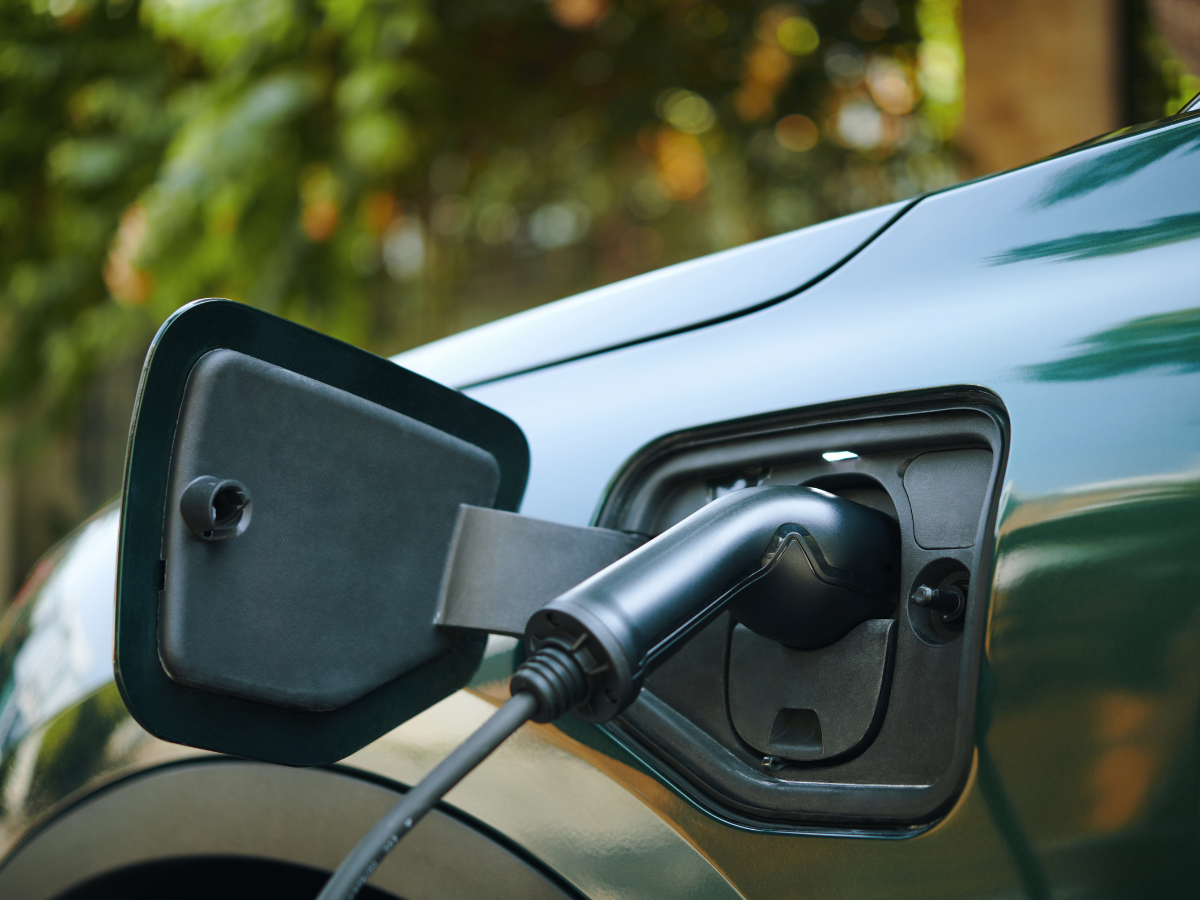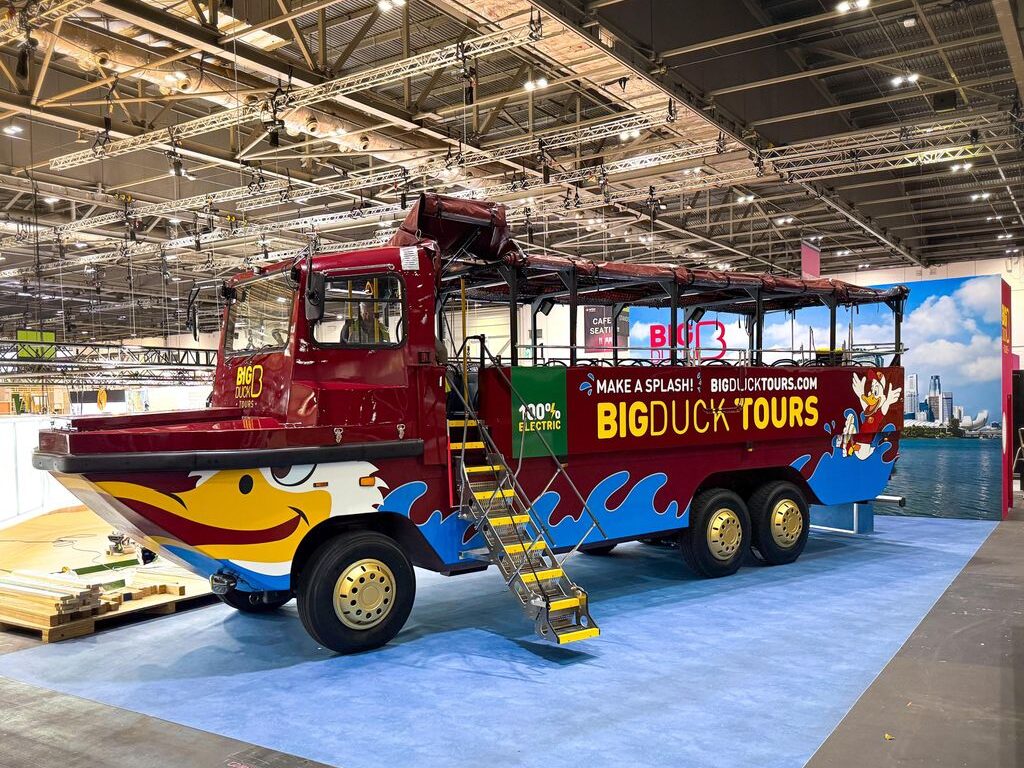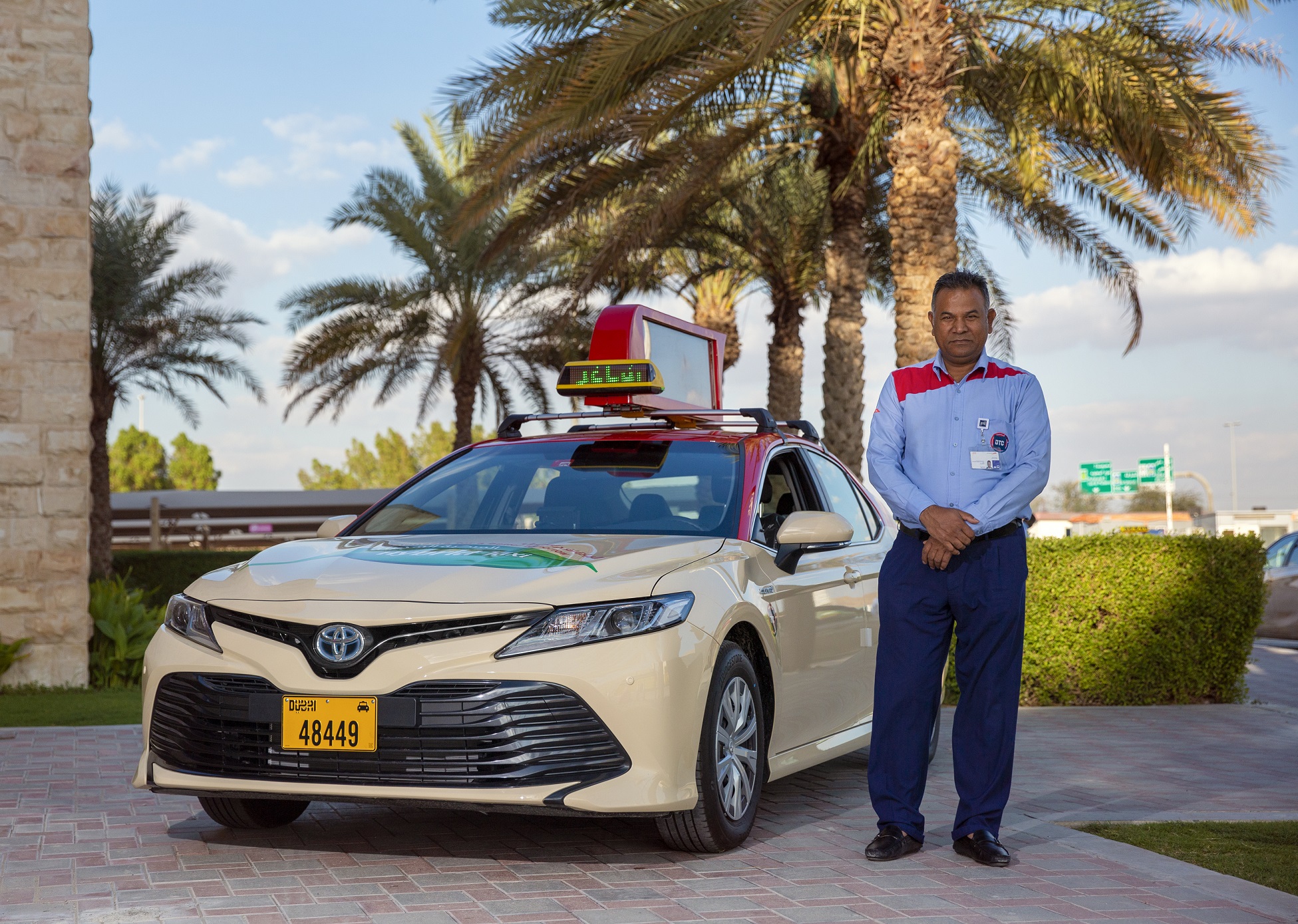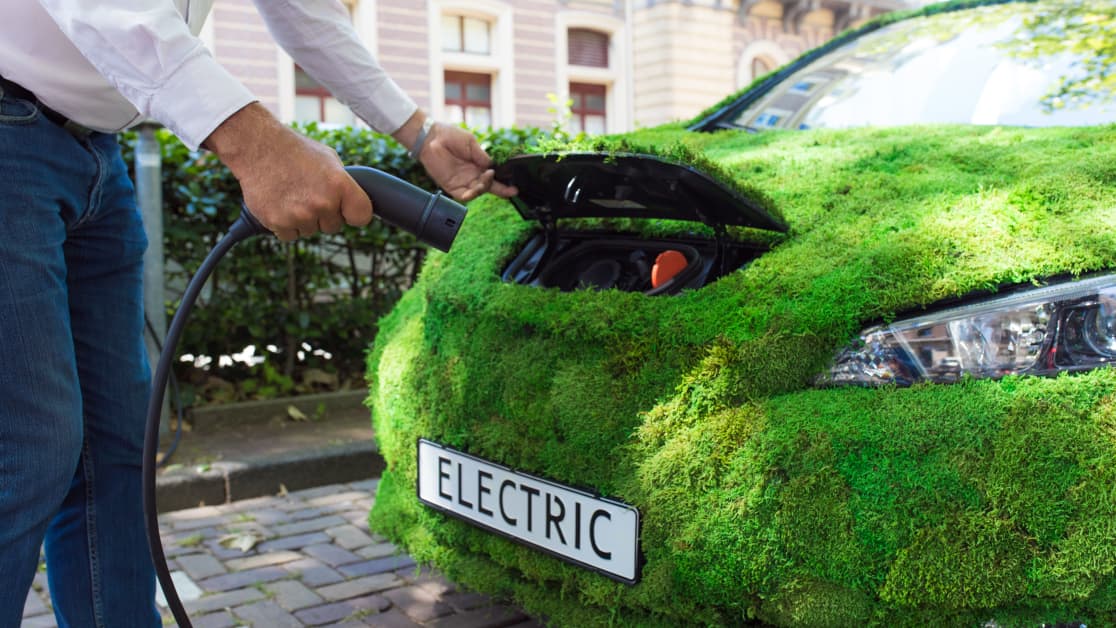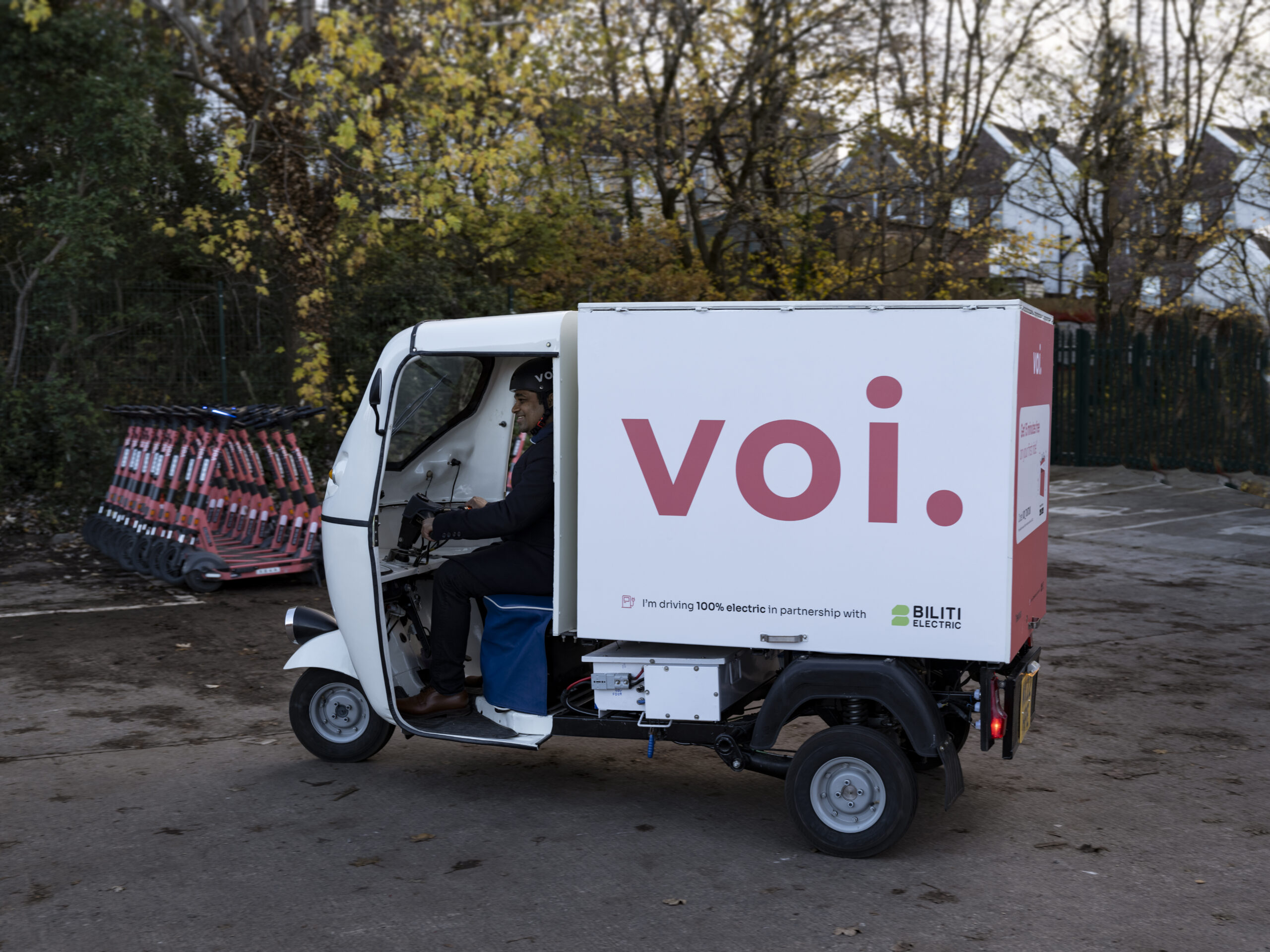Angel Island-Tiburon Ferry Company (Angel Island Ferry) has partnered with Pacific Gas and Electric Company (PG&E) and Green Yachts to launch California’s first short-route electric ferry from the beginning of 2024.
Over the next few months, Green Yachts will transform the 59-foot, 400-passenger Angel Island vessel to electric propulsion.
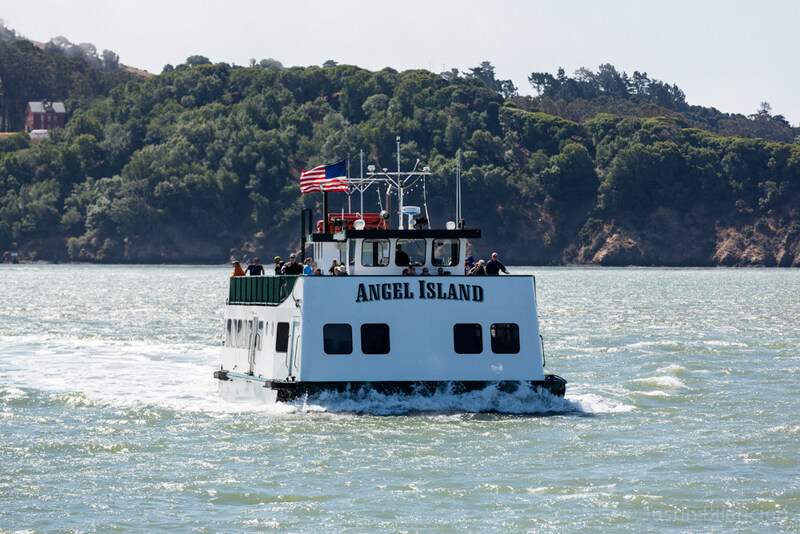
Meanwhile, PG&E will support the installation of charging infrastructure at the ferry terminal.
Captain Maggie McDonogh, fourth-generation owner and operator of the Angel Island ferry said:We are very excited that The Angel Island will be the first of the short-run ferries in California to be 100% zero-emission, as our company continues supporting the natural environment of the Bay and our beautiful state park.
Getting adequate electricity to our ferry terminal is an essential part of this plan. We could not move forward with going electric without the important support we receive as a participant in PG&E's EV Fleet Program.
This electrification project is an important milestone for PG&E, extending its Electric Vehicle (EV) Fleet Program to the marine sector for the first time.
Lydia Krefta, PG&E's Director for Clean Energy Transportation said:The Angel Island ferry is an important part of California history and Bay Area tourism, carrying hundreds of thousands of visitors to Angel Island State Park for nearly a half-century. We are excited to support and collaborate on its conversion to an electric propulsion vessel.
For years, PG&E has been leading the way toward California's clean energy transportation future and supporting our customers as they electrify their vehicle fleets. This partnership marks a significant expansion of our resources beyond land-based electric vehicles, and it demonstrates how we deliver for our hometowns and in support of California's clean energy goals.
As part of its Climate Strategy and its mission to prepare the grid for 12,000GWh of EV-related load, PG&E also recently announced that it will enable 2 million EVs to participate in vehicle-to-grid (V2G) and vehicle-to-everything (V2X) programmes.




